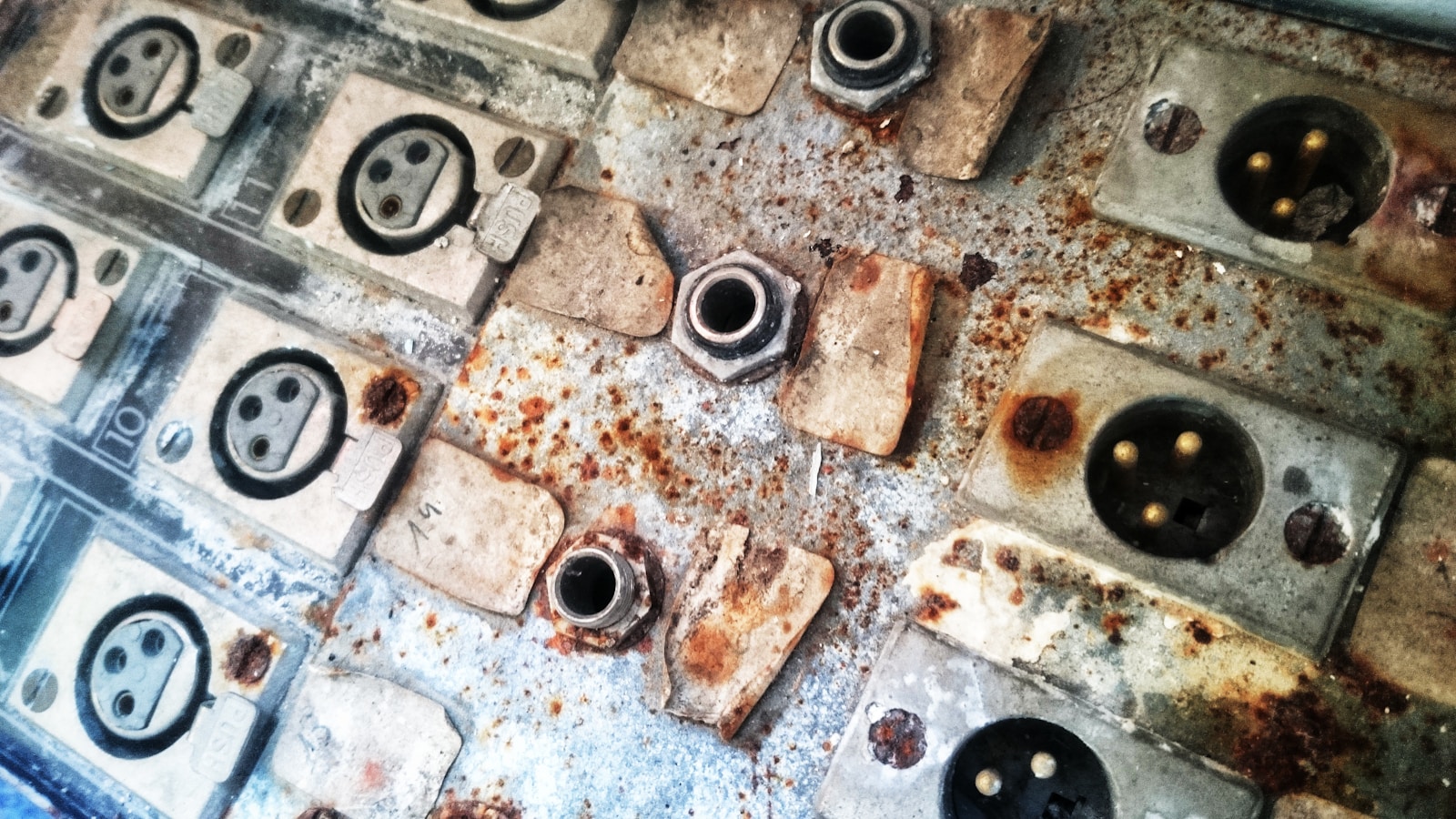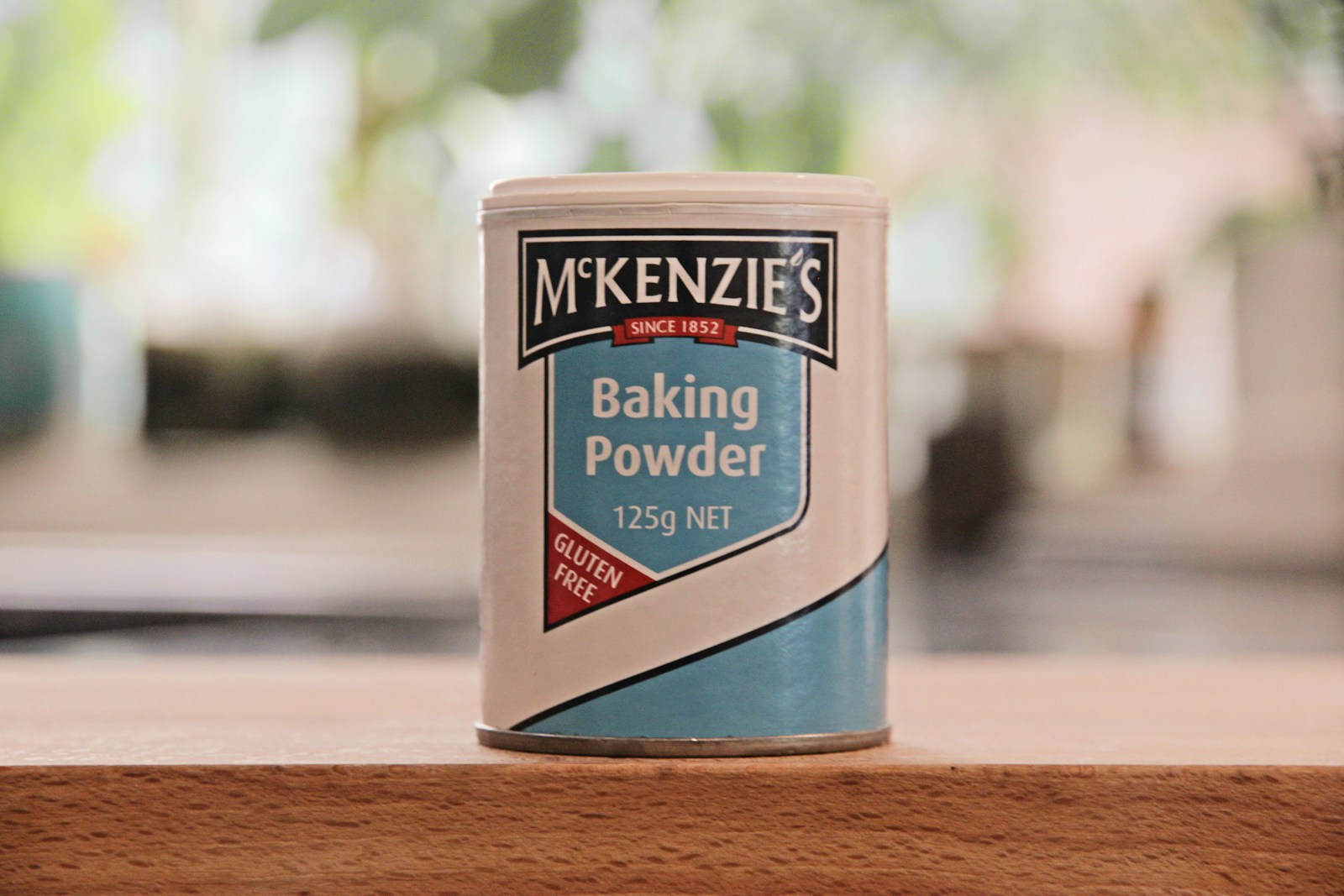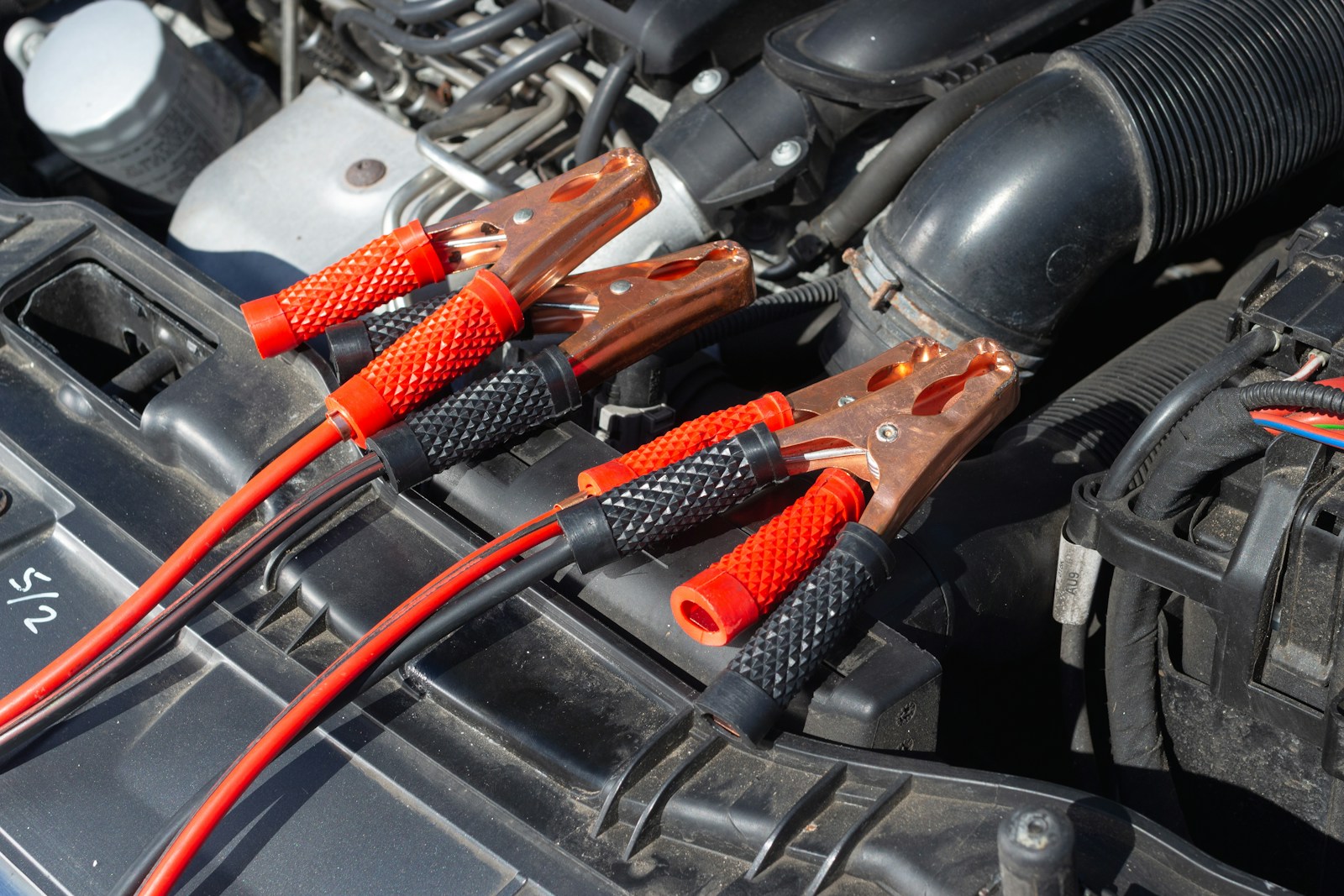Popped the hood and saw white, blue, or green gunk on your battery terminals? That’s corrosion, and it’s more than just ugly—it can stop your car from starting, weaken your electrical system, and shorten the life of your battery.
The good news? Cleaning car battery corrosion is simple, cheap, and only takes about 15 minutes. In this guide, we’ll walk you through how to clean it properly, what causes it, and how to prevent it from coming back.
What Causes Battery Corrosion?
Battery corrosion is the result of chemical reactions between battery acid, heat, and metal. The white or bluish powder you see is usually:
- Lead sulfate (white powder)
- Copper sulfate (bluish-green)
- Battery acid residue (highly acidic)
Corrosion typically appears around the positive (+) terminal, though it can affect the negative (–) terminal too. It’s most common in older batteries, hot climates, or cars that sit unused for a long time.
Why You Should Clean Battery Corrosion

Leaving battery corrosion unchecked can lead to:
- Slow starts or complete failure to start
- Dim headlights and electrical issues
- Premature battery failure
- Damage to battery cables and terminals
Cleaning it not only improves performance—it helps extend the life of your battery and starter system.
What You’ll Need
Before you get started, gather these items:
🧰 Tools & Materials:
- Protective gloves and safety glasses
- Old toothbrush or wire brush
- Baking soda
- Water
- Small container or cup
- Clean rag or paper towels
- Petroleum jelly or dielectric grease
- Wrench (to loosen terminal clamps)
Optional: battery terminal cleaner spray and terminal protectors
How to Clean Car Battery Corrosion (Step-by-Step)

Step 1: Turn Off the Engine and Pop the Hood
Make sure the car is turned off and the keys are out of the ignition. This reduces the risk of electrical shock or short circuits.
Step 2: Disconnect the Battery
Use a wrench to loosen the negative (–) terminal first, then the positive (+). This order prevents accidental shorting.
🛑 Never disconnect the positive terminal first. It can cause a spark if your wrench touches metal.
Step 3: Inspect the Battery and Terminals
Look for cracks, swelling, or damage to the battery case or cables. If the battery is leaking or badly damaged, replace it—do not attempt to clean it.
Step 4: Apply Baking Soda Solution
Mix a tablespoon of baking soda with a cup of water. Dip your toothbrush or wire brush into the mixture and scrub the corrosion off the terminals and cable ends.
🧪 Baking soda neutralizes acidic corrosion safely.
Step 5: Rinse and Dry
After scrubbing, rinse the area with a little water and wipe it dry with a clean rag or paper towel. Make sure everything is completely dry before reconnecting the battery.
Step 6: Apply Protective Coating
To prevent future corrosion, apply a small amount of petroleum jelly or dielectric grease to the terminals. This forms a protective barrier.
Step 7: Reconnect the Battery
Reconnect the positive (+) terminal first, then the negative (–). Tighten securely with your wrench. Make sure there’s no movement.
Step 8: Test the Car
Start your vehicle. You should notice a quicker start and improved electrical performance if corrosion was interfering with the system.
How to Prevent Battery Corrosion
Want to avoid having to clean battery gunk every few months? Here are some prevention tips:
- Apply dielectric grease or battery protectant spray after every cleaning
- Install anti-corrosion battery terminal pads
- Keep your battery clean and dry
- Check battery charge regularly—low voltage can promote corrosion
- Replace older batteries (over 3–5 years old) proactively
When to Replace vs. Clean
You should replace your battery instead of cleaning if:
- The corrosion is severe and keeps coming back
- The battery is bulging, leaking, or cracked
- Your car still has trouble starting after cleaning
- It’s over 4–5 years old and unreliable
FAQs
1. Is it safe to touch battery corrosion?
No. Battery corrosion can contain acid and is toxic to skin and lungs. Always wear gloves and avoid breathing in the powder. Wash hands thoroughly after handling anything under the hood.
2. Can I use Coca-Cola to clean battery corrosion?
Yes, but it’s not ideal. Coke is acidic and can break down corrosion, but it leaves behind sticky residue and doesn’t neutralize acid like baking soda does. Stick with baking soda and water for best results.
3. How often should I check for battery corrosion?
Check your battery terminals every 1–2 months, especially in hot climates or if your car sits for long periods. A quick visual inspection can help catch corrosion early before it causes bigger problems.
Final Thoughts
Cleaning battery corrosion is one of the easiest DIY car maintenance tasks you can do—and one of the most effective. With just a few household items and 15 minutes of your time, you can improve your car’s electrical performance, extend your battery’s life, and avoid unexpected breakdowns.
Make it a habit to check your battery regularly and clean corrosion before it becomes a bigger issue. Your car (and your wallet) will thank you.
Let’s Talk Cars
Have a question? A suggestion? Just want to say hi?
You’re in the right place.
Use the form below to reach out to the AutoSpecs Daily team. We're happy to hear from readers, car lovers, first-time buyers, and anyone who's got something to share.
What can you contact us about?
- Feedback on one of our articles
- Ideas for new topics you'd like us to cover
- Questions about cars, gear, or general auto advice
- Media, partnership, or brand inquiries
- Anything else that's on your mind
We check every message that comes through and do our best to respond within 2 to 3 business days.
We don’t list an email address here to avoid spam, but the contact form is the best and fastest way to reach us.
Thanks for stopping by. We're glad you're here.

